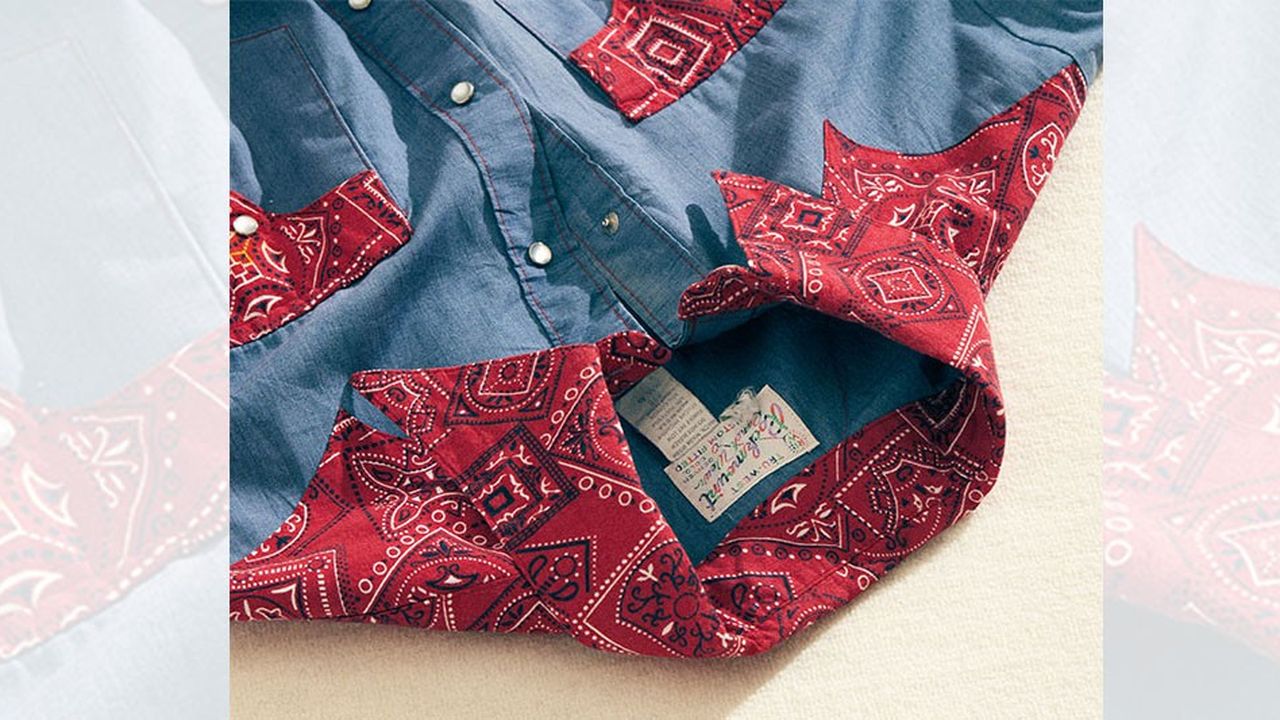Posted Apr 10, 2022, 2:00 PM
Since the dawn of time, women and men have tied squares of printed fabric on their heads to contain their hair and/or protect it. These cotton or silk head coverings were very tightly woven and are the ancestors of the bandana. The name comes from the Sanskrit “badhnati” which means “to tie”. In the XVIIIe century, India is renowned for its dyed fabrics. These bandanas, which could be worn on the head or used as handkerchiefs, seduced the Dutch and the English who imported them into Europe. The most emblematic pattern of the bandana is the paisley: it first appeared in the Kashmir region, bears the name of a Scottish town and consists of a repetition of leaves or feathers schematized. The bandana was adopted by American workers, particularly in the 19th century.e.
The history of the bandana in the XXe century has something to do with subversion. In 1921, miners in West Virginia took up arms and fought for their rights to unionize, wearing red bandanas around their necks (hence the word “redneck” which today designates in English the inhabitants of the deep America). It becomes a visible prop in John Wayne’s westerns. In the 1970s, the gay community used this square of fabric as a code where each color of the rainbow corresponded to a sexual preference. Bikers associate it with leather and denim. Gangs have their own color. In the 1980s, the grunge movement picked it up, while the lolita Vanessa Paradis wore it around her neck. In Japan, where the American myth is worshipped, the bandana is a wardrobe essential, like denim.
Material Most often in cotton or silk and adorned with the paisley pattern.
Cote A Hermès or Charvet piece in silk, or one in cotton from the Japanese brand Kapital. There are beautiful second-hand pieces, preferably made in the USA. Photo: Rockmount polycotton shirt, 1970s, 80 euros at Le Vif.
–
Facing uncertainty
In an unprecedented geopolitical and economic context, the editorial expertise of Les Echos is invaluable. Every day, our surveys, analyses, columns and editorials accompany our subscribers, help them understand the changes that are transforming our world and prepare them to make the best decisions.

